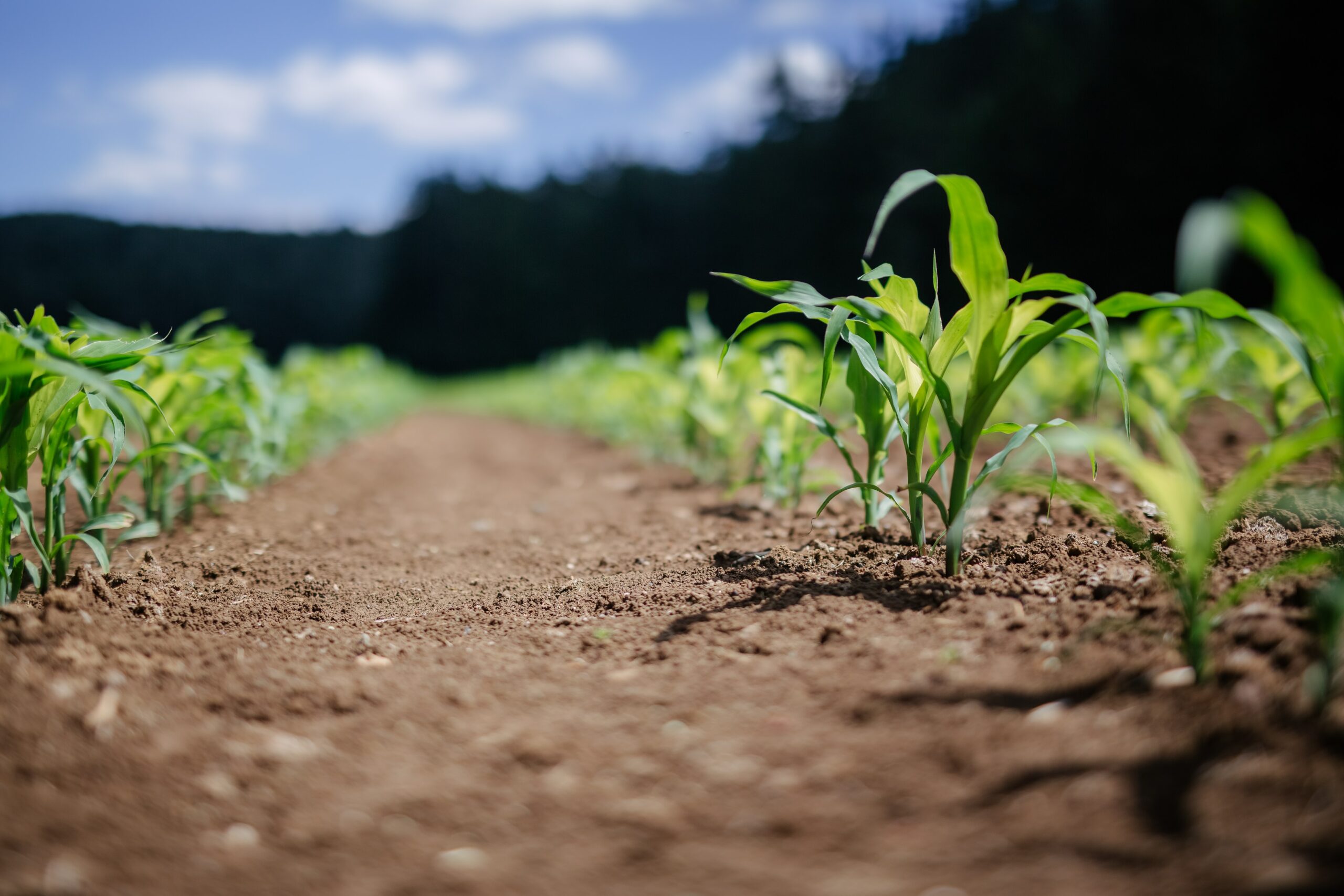POLLINATION PERSPECTIVES
By Laura Waterford, Director
The varroa mite is just over a millimetre long, but its size is no obstacle to it causing extensive and lasting damage to Australia’s agriculture sector. That’s because varroa mites feed on and kill honeybees, and a drop in Australia’s wild bee population poses financial risks to farmers who rely on them to pollinate their crops, as well as downstream businesses in agricultural supply chains. The billion-dollar almond industry has already said the arrival of the invasive species in Australia will cost it “tens of millions of dollars” in the first 100 days of the response to contain it.
In the case of varroa, the link between the value provided to us by nature in the form of pollinators and the cost of the damage to the ecosystem is crystal clear. The value of natural assets is not always so straightforward to quantify, but the findings of the latest Australian State of the Environment Report will make alarming reading for companies and investors waking up to the risks that nature loss poses to their business models and asset values.
The state of the environment in Australia is poor and has deteriorated over the past five years, the report finds. An additional 200-plus plant and animal species have been listed as threatened, or in a higher category of threat, since the 2016 report was published. Australia already has the worst rate of mammalian extinction of any continent, and the number of threatened species is expected to increase further as a result of the devastating bushfires of 2019 and 2020.
Without a doubt these findings paint a bleak picture, but the report also points to where the opportunities for change lie: habitat loss and degradation, invasive species, and climate change have been the key drivers of biodiversity loss. By addressing these we can start to sustain the value of the natural capital our economy relies on, and stop “degrading our most precious asset,” as the 2021 Dasgupta Review describes it.
A global opportunity for regeneration
International organisations and policy setters – including the G7 – have stated the need for economies to become “nature positive” as well as net zero, as we become increasingly aware of how reliant our economy is on the services nature provides. The World Economic Forum (WEF) estimates that over half of the world’s GDP, equivalent to US$44 trillion, is moderately or highly dependent on nature and its ecosystem services, for example.
However, the WEF also estimates that the shift to a nature positive economy could unlock US$10.1 trillion of business opportunities by 2030. We see the move away from activities that degrade our natural capital and a corresponding shift towards those that enhance natural capital is a positive disruptive opportunity for corporates and investors, and deserves just as much focus as climate change.
To achieve a goal of becoming nature positive by 2030 (against a 2020 baseline), and a full recovery by 2050, would require an extraordinary global shift in allocation of capital – around USD700bn a year by the end of the decade. But as reports including the Australian State of the Environment show, continuing with today’s unsustainable economic model is the greater risk.
